From climate shifts to TikTok trends, the plants we grow and see every day are changing fast. Whether you’re a gardener, a houseplant collector, or just someone who likes a pretty front yard, you’re bound to notice a few new leafy faces in the next few years. Some species are exploding in popularity thanks to their low maintenance needs, while others are being boosted by environmental changes or urban landscaping plans. Here are 15 plant species that experts say are on track to dominate gardens, balconies, and living rooms everywhere by 2030.
1. Native Milkweed
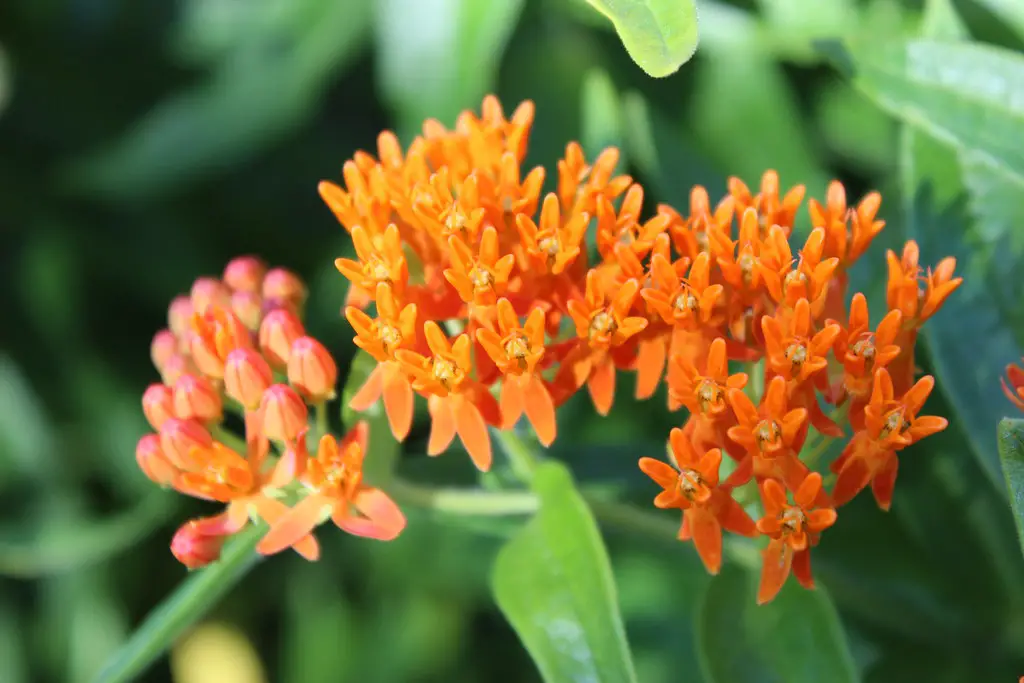
According to the National Wildlife Federation, native milkweed is poised for a major comeback due to its vital role in supporting monarch butterfly populations. As more gardeners prioritize pollinator-friendly landscapes, milkweed is being planted not just in gardens but in schoolyards, medians, and public parks. Conservation efforts and state incentives are helping this once-overlooked plant become a star player in ecological design. And with varieties like Asclepias tuberosa offering vibrant orange blooms, it’s also winning points for beauty.
Design-wise, milkweed adds texture and color to native plant beds. It thrives in full sun and poor soil, making it ideal for low-maintenance gardeners. Plus, it attracts bees, butterflies, and birds, turning any patch of land into a lively ecosystem. By 2030, milkweed may be less of a niche favorite and more of a landscaping staple.
2. ZZ Plant (Zamioculcas zamiifolia)

As noted by Better Homes & Gardens, the ZZ plant has exploded in popularity due to its ability to thrive on neglect—making it perfect for younger generations of apartment dwellers. It tolerates low light, rare watering, and general forgetfulness, which is a huge plus for first-time plant parents. Its glossy, waxy leaves also give it a sleek, modern look that pairs well with minimalist decor. This plant is popping up in coworking spaces, cafes, and tiny homes all over the country.
By 2030, expect to see it offered not just at garden centers but in home goods stores and supermarkets. Designers love it for staging homes and offices because it looks clean and sculptural without being fussy. ZZ plants can live for years in the same container, making them a durable investment. They’ll likely be one of the default houseplants of the next decade.
3. Serviceberry (Amelanchier)
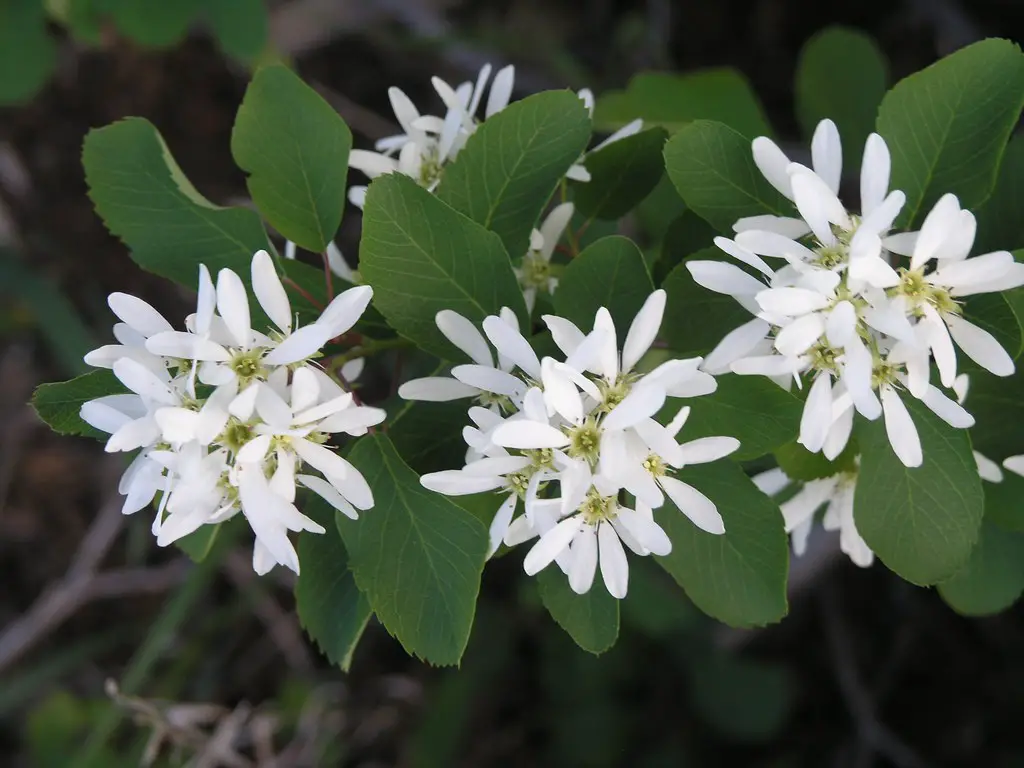
As highlighted by HGTV, serviceberry trees are becoming go-to choices in urban and suburban landscaping due to their multi-season appeal and manageable size. These native trees offer white spring blooms, edible berries in summer, and vibrant orange foliage in fall. They’re also tolerant of a wide range of climates and soil conditions. Cities are beginning to use them more frequently as ornamental trees in public planting projects.
For homeowners, serviceberries are a great alternative to non-native flowering trees like Bradford pears. They fit well into both formal landscapes and naturalistic gardens. With birds and bees loving their fruit and flowers, they’re also a win for biodiversity. Expect them to be front yard favorites by the time 2030 rolls around.
4. Dwarf Fountain Grass (Pennisetum alopecuroides ‘Hameln’)
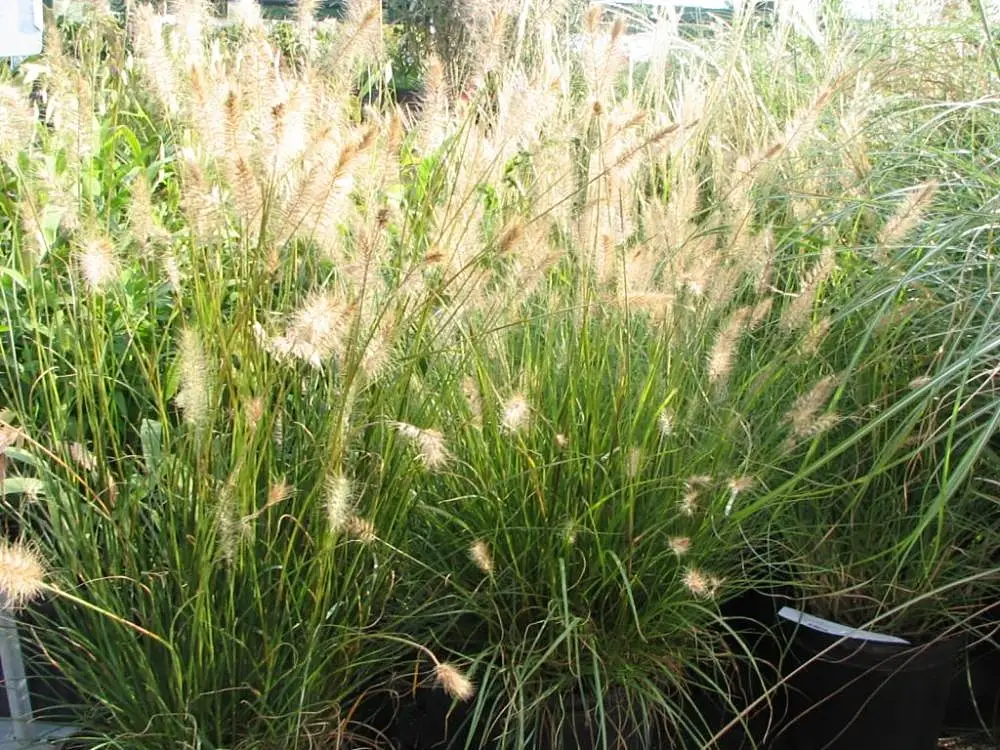
According to Garden Design Magazine, ornamental grasses like dwarf fountain grass are becoming landscaping favorites due to their texture, movement, and drought resistance. ‘Hameln’ is especially popular because it’s compact, clump-forming, and easy to manage—even for novice gardeners. Landscape architects are increasingly using it for curb appeal and erosion control. It’s a grass that brings both form and function.
By 2030, this species could be as common in suburban yards as boxwoods once were. Its feathery plumes and soft foliage offer visual interest year-round, and it pairs beautifully with shrubs or succulents. Plus, it requires very little upkeep or watering. In a warming climate, that’s exactly what more homeowners are looking for.
5. Coral Bells (Heuchera)

Coral bells are already trending thanks to their wide range of foliage colors—from lime green to deep purple. Their adaptability to shade and partial sun makes them ideal for foundation plantings and mixed borders. Newer cultivars also offer improved heat tolerance, giving them an edge in warmer regions. As people gravitate toward year-round garden color, Heuchera fits the bill beautifully.
These plants also stay relatively compact, making them perfect for small gardens and container displays. Their delicate flowers attract hummingbirds and pollinators without overwhelming nearby plants. You’ll likely see them featured more often in commercial landscaping, too. The variety in leaf shape and tone keeps them feeling fresh even when used en masse.
6. Lemon Balm (Melissa officinalis)
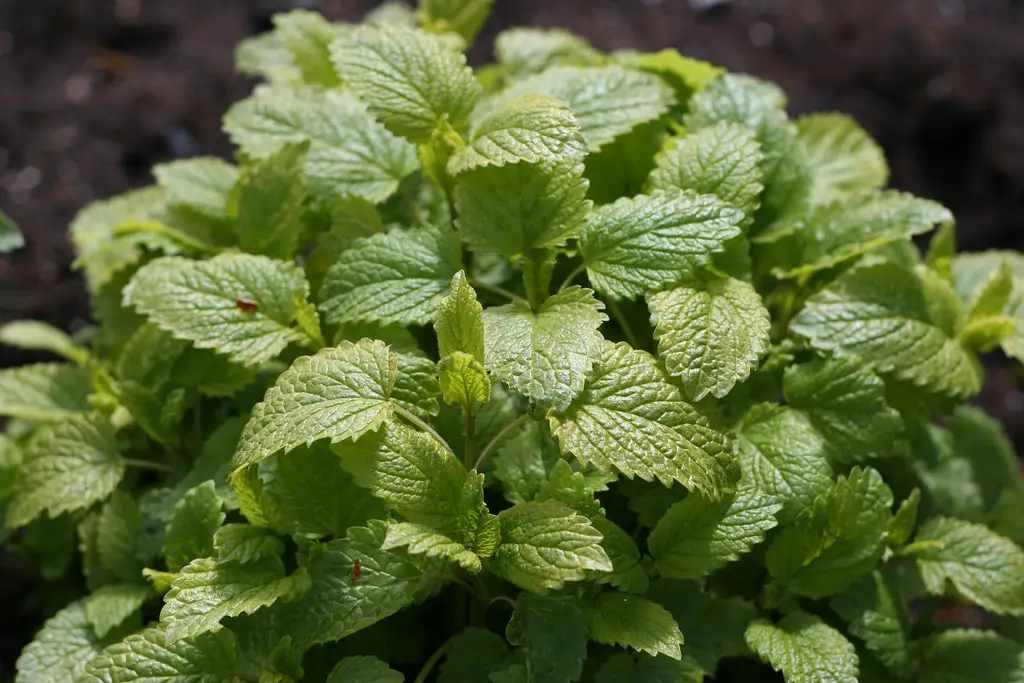
A darling of both herbalists and casual gardeners, lemon balm is gaining ground thanks to its culinary and calming benefits. It’s easy to grow, self-seeds readily, and has a light citrus scent that works well in teas and cocktails. Its unassuming look makes it blend easily into ornamental beds or herb gardens. And as interest in edible landscaping grows, lemon balm is increasingly being planted for both form and function.
By 2030, don’t be surprised to see this herb in school gardens, apartment patios, and urban planters. It’s especially popular among DIY wellness enthusiasts. Plus, it’s a great companion plant for vegetables and pollinator gardens. It’s got that “useful but pretty” combo that’s hard to beat.
7. Giant Elephant Ear (Colocasia esculenta)
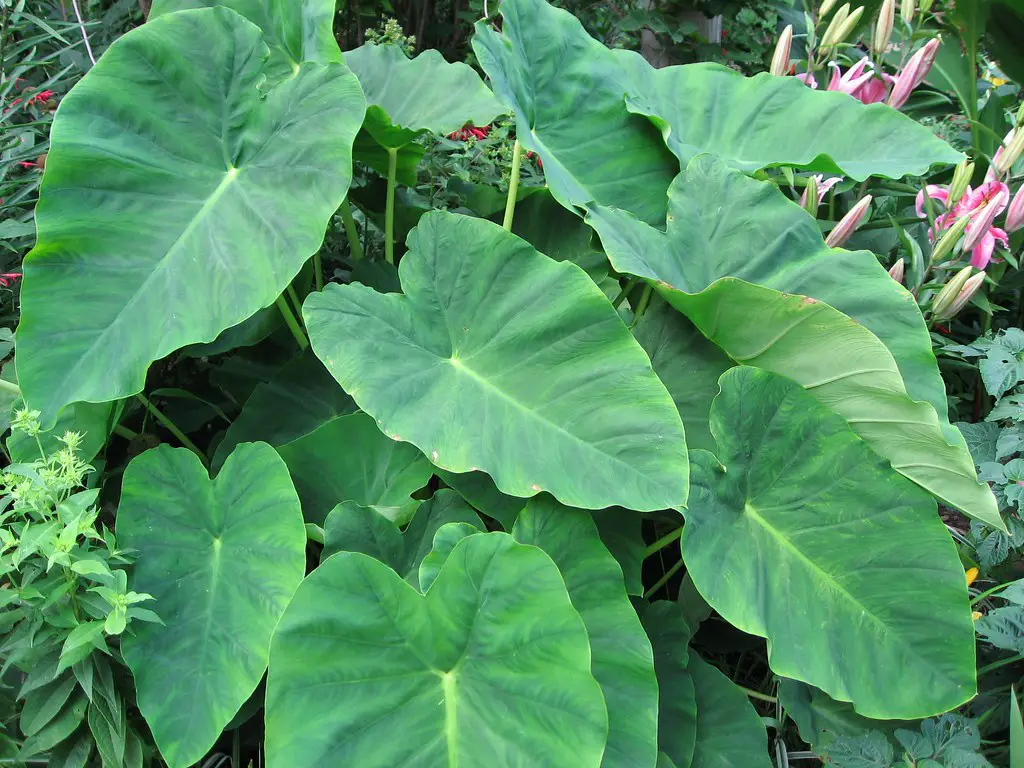
The bold, oversized foliage of elephant ears is making a comeback in modern garden design, especially in tropical and subtropical zones. These plants thrive in moist conditions and provide dramatic structure to garden beds or containers. Homeowners are leaning into maximalist landscaping, and few plants make a bigger impact than Colocasia. It’s an instant way to add flair.
New cultivars come in darker hues, variegated leaves, or even ruffled textures. They’re increasingly being used in front yards as bold anchor plants or by poolsides for a resort-like feel. If you’re looking for a statement piece that turns heads, this is it. They’re a favorite for people who want lush vibes with little effort.
8. Creeping Thyme (Thymus serpyllum)
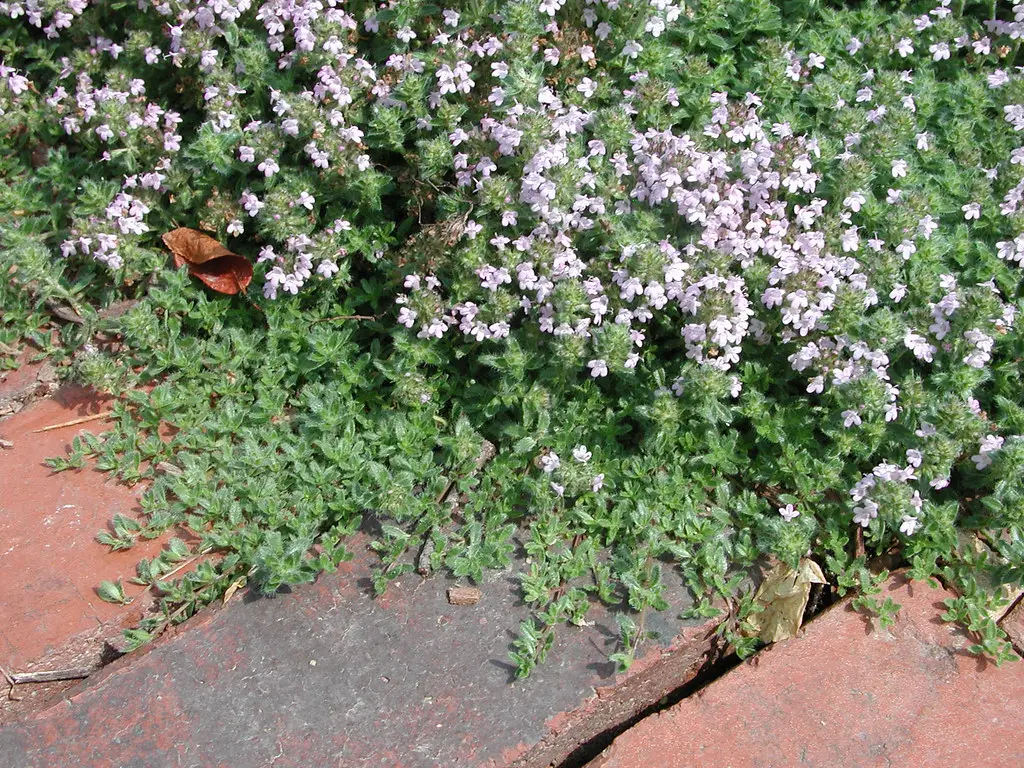
As drought-tolerant lawn alternatives go, creeping thyme is one of the most charming. It forms a fragrant, flowering carpet that bees adore—and it never needs mowing. Gardeners frustrated with high-maintenance grass are already turning to thyme, clover, and other green alternatives. Creeping thyme, in particular, thrives in sunny spots and tolerates foot traffic.
By 2030, it could be standard issue in eco-conscious neighborhoods. Plus, it blooms with tiny pink or purple flowers that make your yard smell amazing in summer. It pairs well with stepping stones and rock gardens. Expect to see it in front yards, patios, and even park landscaping.
9. Snake Plant (Sansevieria trifasciata)
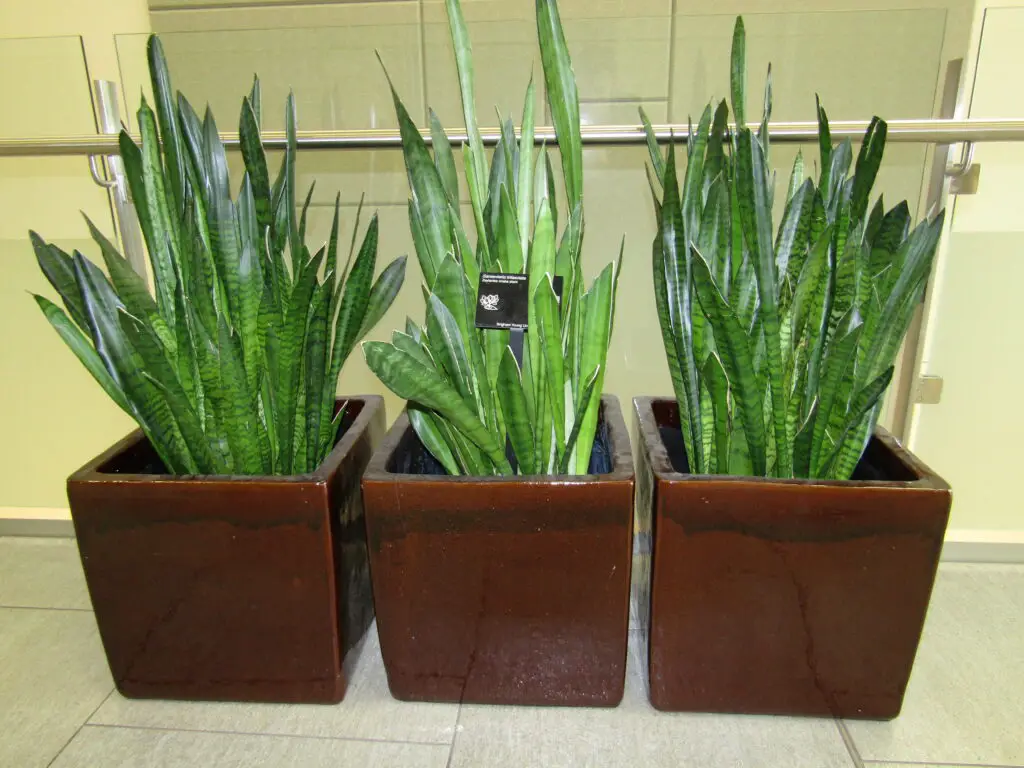
Snake plants are another indoor favorite on track to become ubiquitous, thanks to their striking upright leaves and indestructible nature. They clean the air, survive neglect, and look great in just about any decor. For people living in small spaces, they’re often a first choice. And unlike fussier houseplants, they don’t need repotting or constant light.
By 2030, you’ll probably see them in offices, schools, hospitals, and everywhere in between. They’re also ideal for people with busy lifestyles or brown thumbs. Even design-forward retailers are featuring snake plants in their showroom displays. They’re officially the plant equivalent of the “little black dress.”
10. Native Goldenrod (Solidago)
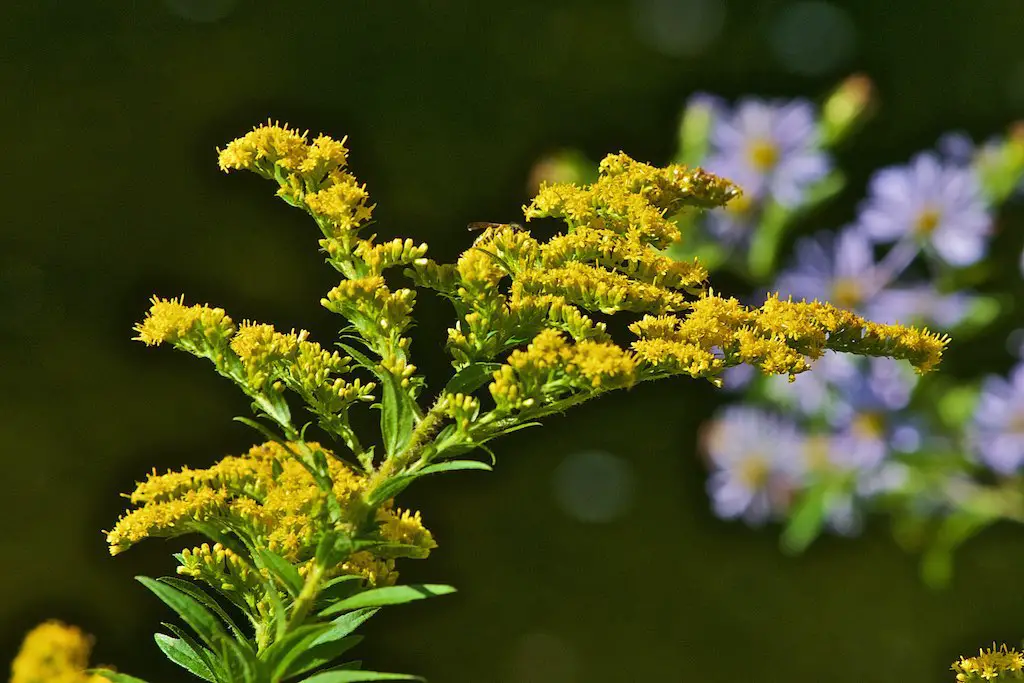
Goldenrod is shedding its allergy-blamed reputation and emerging as a favorite for wild gardens and pollinator patches. It blooms late in the season when many other plants are fading, providing crucial food for bees and butterflies. Designers are using it more in native meadow mixes and xeriscaping. It also pairs well with asters and ornamental grasses.
Its golden plumes add a bright pop to fall landscapes without needing fertilizer or constant watering. New varieties are more compact and less aggressive, making them better suited for suburban gardens. Goldenrod is fast becoming a symbol of ecological gardening. And with climate resilience a top priority, it’s one to watch.
11. Japanese Forest Grass (Hakonechloa macra)
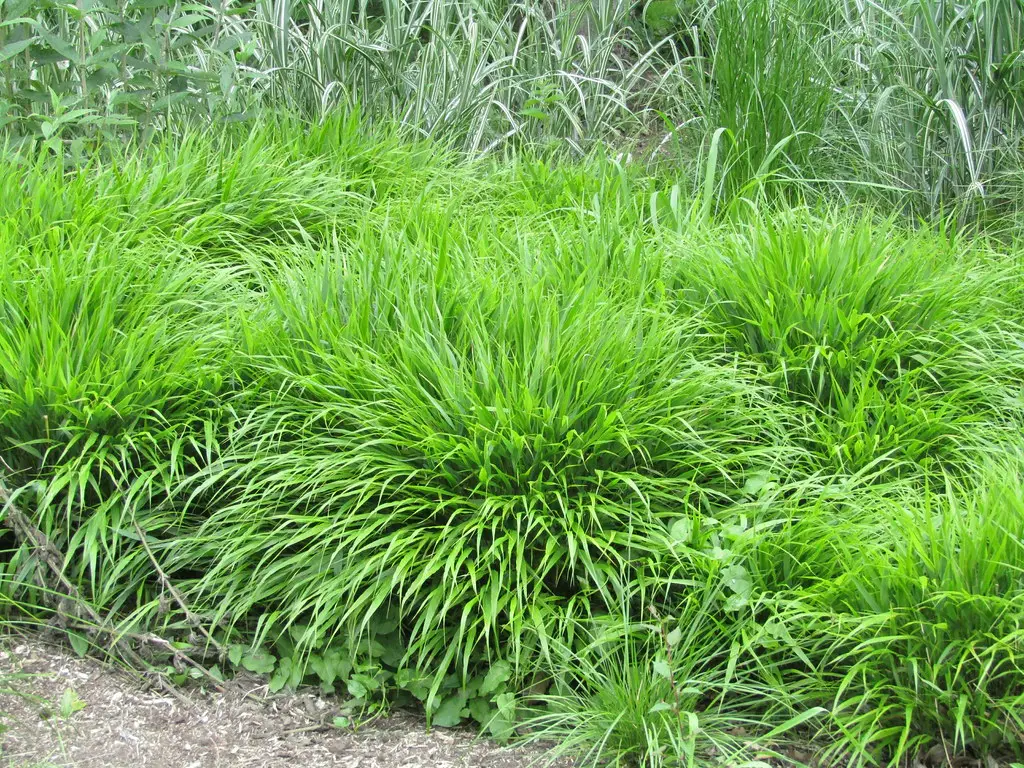
This shade-loving ornamental grass is becoming a quiet favorite among landscape designers. It has a graceful, weeping form that softens garden edges and pairs beautifully with hostas and ferns. Its bright green to golden foliage shifts with the seasons, adding movement and color. Plus, it’s deer-resistant and low-maintenance.
By 2030, expect it to show up more in woodland gardens and shady foundations. Homeowners are finally discovering that shade doesn’t have to be boring. Japanese forest grass offers subtle sophistication and a Zen-like vibe. It’s perfect for those moving away from loud color toward calming textures.
12. Calendula
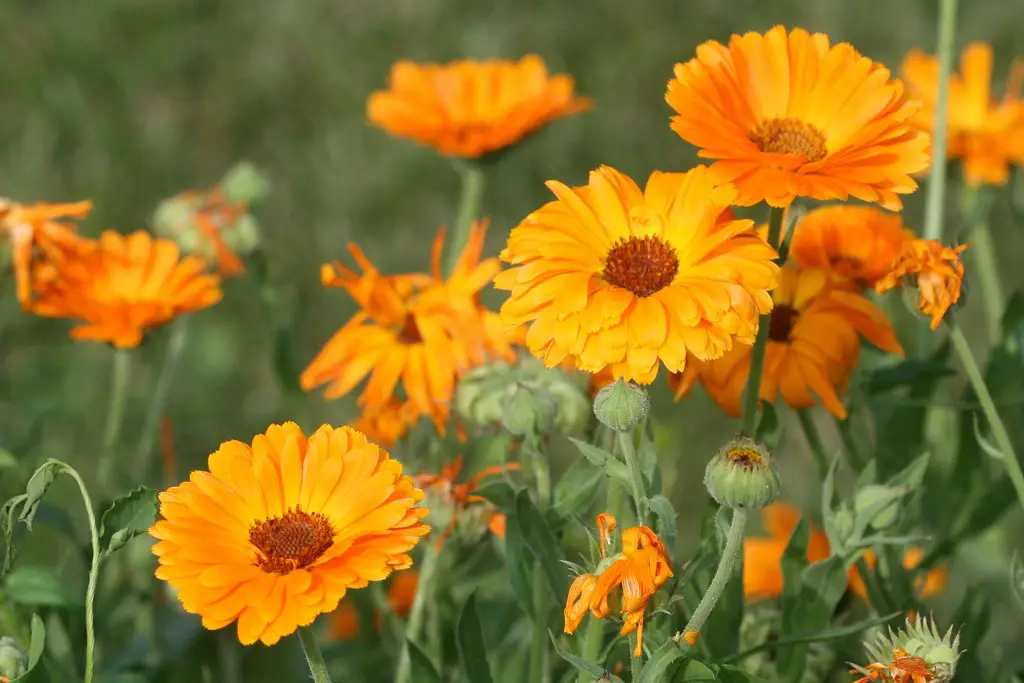
Calendula is an old-fashioned favorite that’s experiencing a full-blown revival. Not only does it have cheerful yellow-orange blooms, but it’s also edible and medicinal. Its petals can be sprinkled on salads, turned into skin salves, or dried for tea. As more people grow interested in herbal remedies and edible gardens, calendula is climbing the must-have list.
It thrives in poor soil and blooms for months with very little care. Plus, it attracts beneficial insects like hoverflies and ladybugs. Gardeners who want beauty with purpose are giving it prime real estate in their plots. Its sunny presence will be hard to miss by the end of the decade.
13. Native Coneflower (Echinacea purpurea)
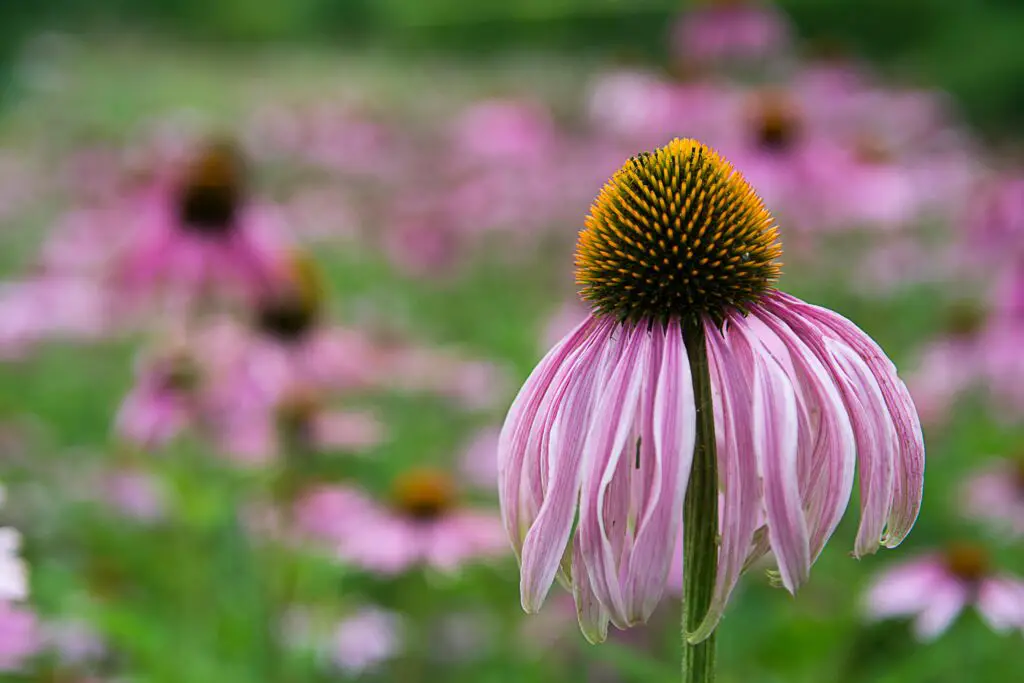
Coneflowers have long been garden staples, but native varieties are taking center stage again. With their large daisy-like blooms and upright habit, they fit into just about any planting style. More importantly, they’re heat-tolerant, drought-resistant, and adored by pollinators. They also self-seed readily, making them ideal for naturalized spaces.
You’ll see them in municipal plantings, home gardens, and even green roofs. Their rugged nature and striking appearance make them a favorite for low-intervention landscapes. Expect to see new color variants and hybrid cultivars as they gain even more popularity. They’re an ideal blend of form, function, and flair.
14. Fiddle Leaf Fig (Ficus lyrata)

Though it’s not new, the fiddle leaf fig still has staying power—especially in large, open-concept homes and office spaces. Its dramatic leaves and upright growth habit make it a favorite for anyone wanting a showy, sculptural plant. While it’s a bit fussier than snake plants or ZZs, it rewards consistent care with lush, green beauty. It’s Instagram’s favorite plant for a reason.
As more millennials become homeowners, they’re bringing their favorite decor plants with them. Expect to see fiddle leaf figs in living rooms, home offices, and even bathrooms with good light. They’re a bit of a commitment, but the visual payoff is big. By 2030, they may be considered as essential to home design as a nice area rug.
15. Hardy Fig Trees (Ficus carica)
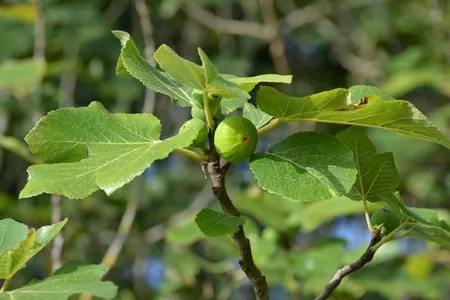
Speaking of figs—outdoor fig trees are on the rise, especially in warmer zones where climate change is extending growing seasons. Gardeners are finding success with varieties like ‘Chicago Hardy’ in places that were once too cold. Their lush foliage, tasty fruit, and Mediterranean flair make them popular with both serious gardeners and casual foodies. They’re becoming a favorite backyard experiment.
By 2030, expect fig trees to be part of edible landscape plans across the southern U.S. and beyond. They thrive with minimal input, don’t require pollinators, and offer a unique look. More homeowners are planting with purpose—and figs check a lot of boxes. From farm-to-table dinners to neighborhood garden swaps, figs are making their way into the American backyard.
